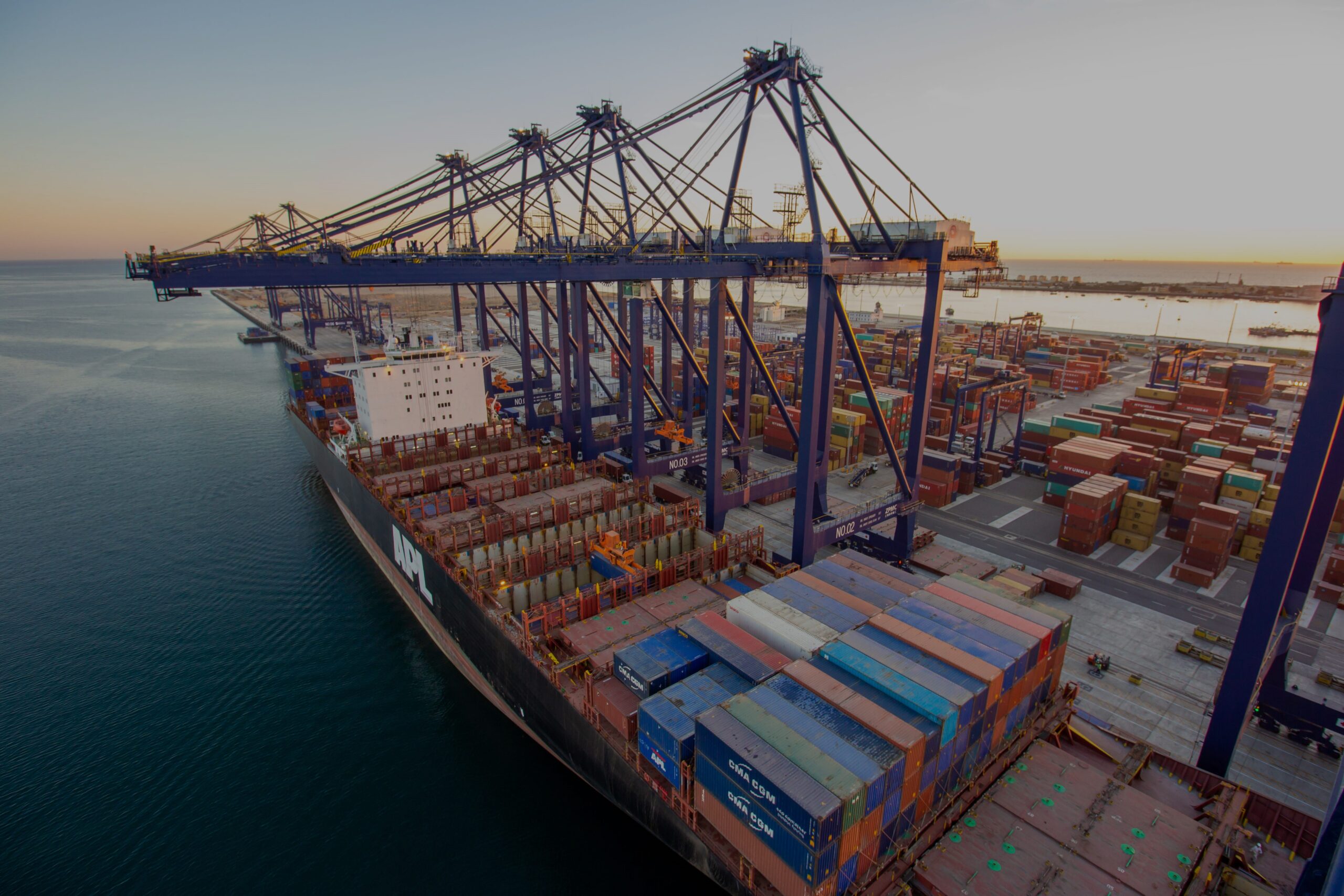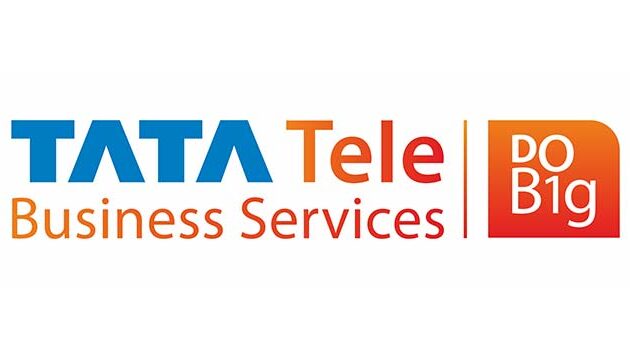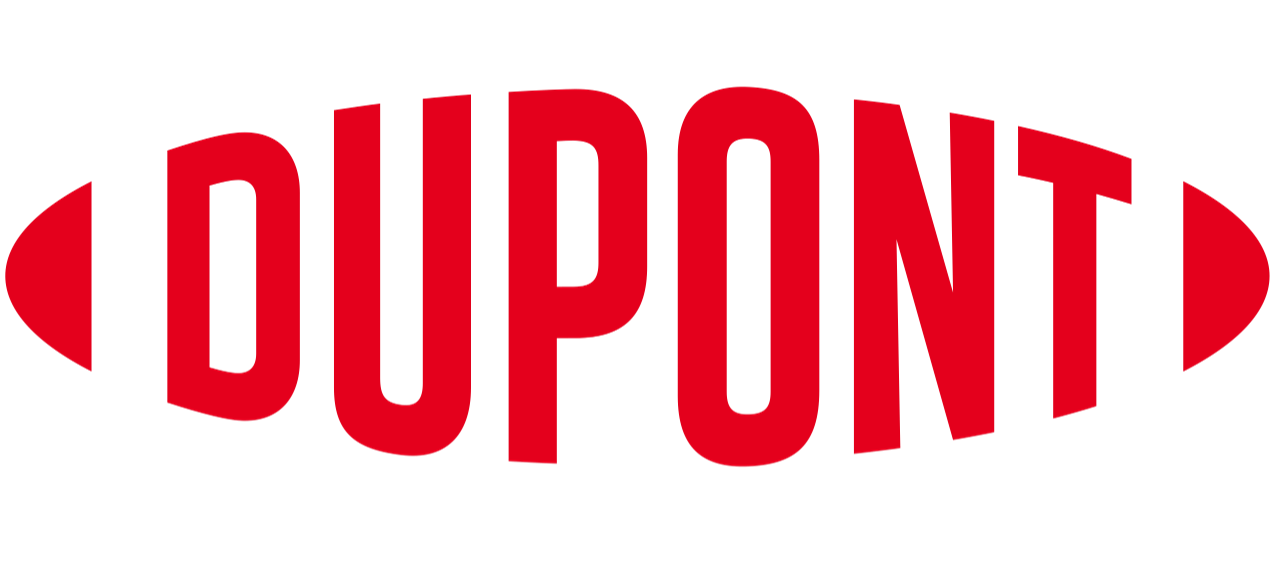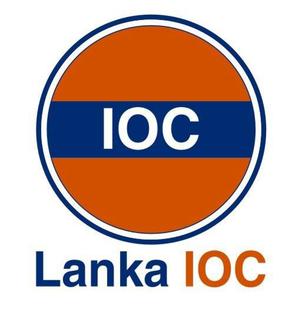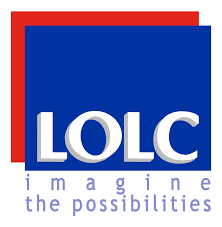Solutions
MTI’s solutions are based on two consulting practices, comprising of 8 Solutions – which are customized to client specific needs.

Strategy
Strategic Planning & Growth
Corporate Re-structuring
Market Entry Strategy
M&A Integration

Execution
Process Re-engineering
Digital Transformation
Performance Management
Resource Optimization
Strategic Planning and Growth
Why?
Charting the Strategic Direction of the Organization – given the Emerging Opportunities, Challenges, Capabilities (of the organization) and the Possibilities that can be created
As a means of gearing the organization to plan for and meeting the future dynamics
To strategize quantum business growth – in challenging and opportunistic market conditions
What?
Development of a Comprehensive Strategic Plan based on MTI’s 8S ®, sequentially covering the modules of Scope, Scan, Sights, Strategy, Structure-Staff, Systems and $Financials
The Final Module titled ‘Straction’ breaks down the Strategic Initiatives to Action, which is then followed by a process of ‘Imple-mentoring’
Corporate Re-structuring
Why?
Under-performing businesses – with the potential for significantly higher performance and / or in urgent need of a transformation
What?
Ground Zero’ based Re-structuring Vs. Incremental Tweaking
Re-casting the Conventional P&L into a Value-Chain based P&L – as the basis of the following strategic decision
Slack Elimination in the Business Strategy – via Rationalization of Business Units, Products, Brands, Channels, Customers, Demand Generation and Supply Chain Initiatives
Followed by Slack Elimination in the Processes and then Structure – covering Jobs, Layers, Levels and Latitude
Market Entry Strategy
Why?
Reached the optimum level of growth in current markets. Single-country / Single-region Risk
Single-region Risk
Compelling Value Proposition – with potential to capture cross-border opportunities
High Growth Opportunities in Emerging and Frontier Markets
What?
Development of Internationalization Strategy
Market Attractiveness and Feasibility Studies
Market Entry Strategy
Partner Identification – Customers, Channels, Supply Chain
M&A Integration
Why?
For rapid, quantum growth – via an inorganic business strategy
Divestment of non-core businesses – for sharper business focus
Cashing out – for alternate investments, inheritance, retirement
What?
Facilitating the Programmatic M&A Integration process (on either buy-side or sell-side), which constitutes:
Defining Ideal Targets & Prospecting
Evaluation, and selection of Investor, Divestor, Merger-Partner
Transaction Documentation (Teasers, Information Memorandums etc.)
Valuation and Due Diligence
Post M&A Integration via a purposeful Integration Strategy
Process Re-engineering
Why?
Processes enable Business Models and Business Strategies to be broken down to standardized and routinized workflows
Thus ensuring the optimum level of ‘energy’ is utilized for standardized, repetitive tasks – leading to both customer value and cost optimization
Eliminating non-value-adding slack and inefficiencies – that tends to accumulate when processes are not regularly challenged for relevance and value
Ensuring the investment in systems are based on a foundation of effective processes
What?
Process Re-engineering, depending on the degree of change required, could be approached in two ways:
Ground Zero-based Approach – which starts by challenging the fundamentals of the Value Chain, Business Model, then cascades to purpose-based workflows
Continuous Improvement Approach – which focuses on focused specific workflows in need of ‘slack’ elimination
In both cases, tech-optimization is pursued – immediately following the optimized process disciplines
Digital Transformation
Why?
Increasing complexity of interpreting Customers, Channels, Supply Chains, Human Resources, and Competition – in an increasingly over-communicated world
The power of data in developing breakthrough offerings and go-to-market approaches
What?
Development of holistic Digital Transformation Strategy and Road Map
Covering Trends, Challenges & Opportunities, Impact on Business Model and Strategy, Core Tech (ERP), Functional / Customer-facing Tech (Apps), Analytics and Digital Strategy Enablers (Processes, People, Eco-Systems, Compliance, and Governance)
Experimentation: Minimum Viable Products (MVP) / Use Cases for Artificial Intelligence, Machine Learning, Big Data Analytics, IoT, Blockchain, etc
Capture, clean, process, analyze, and visualize data – enabling business decision making. Via Data Science, Big Data Analytics, Artificial Intelligence / Machine Learning, Internet of Things (IoT), Robotics Process Automation (RPA)
Performance Management
Why?
To proactively track organizational performance and strategy execution – so that corrective action (if needed) can be taken
To ensure that organizational capacities/resources are optimized
What?
Macro Performance Management Framework– based on the Value Chain, Business Model, and Organizational Strategy
KPIs (Key Performance Indicators) and MPIs (Market Performance Indicators) – all of which to be seamlessly linked (via a Tree Diagram) to the Organizational Goals
Institutionalizing the Performance Management System – via Reports, Reviews, Rewards-linking, Tech-Optimization, and Internal Marketing
Resource Optimization
Why?
Effective execution of an Organization’s Strategy is critically dependent on its Human Resources, i.e., how they are hired, inspired, and optimized to deliver optimal performance
The need to address the fast-changing dynamics of Resourcing in the Gig Economy context
What?
Comprehensive Audit and Recommendations covering the entire HR Eco-system i.e., Resourcing Strategy, Capacity Planning, Employee Value Proposition, Recruitment, Employee Engagement, Competency Development, Rewards & Recognition, Performance Appraisals, HR Governance, Exit Formalities and Relationship Management
With the option to focus on select modules from the HR Eco-System (above)






